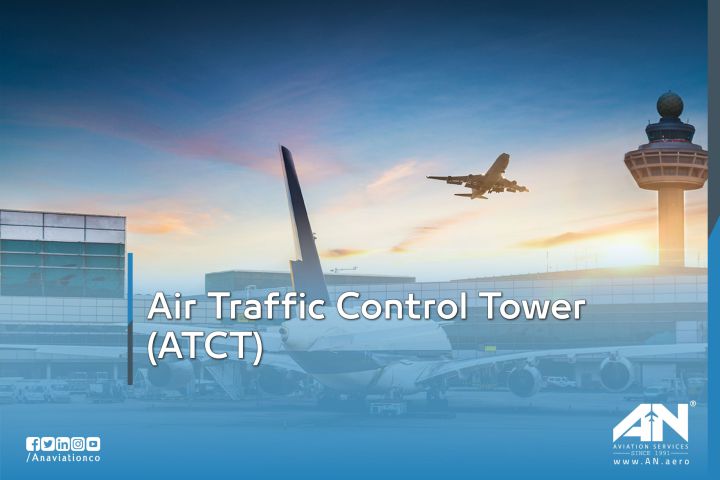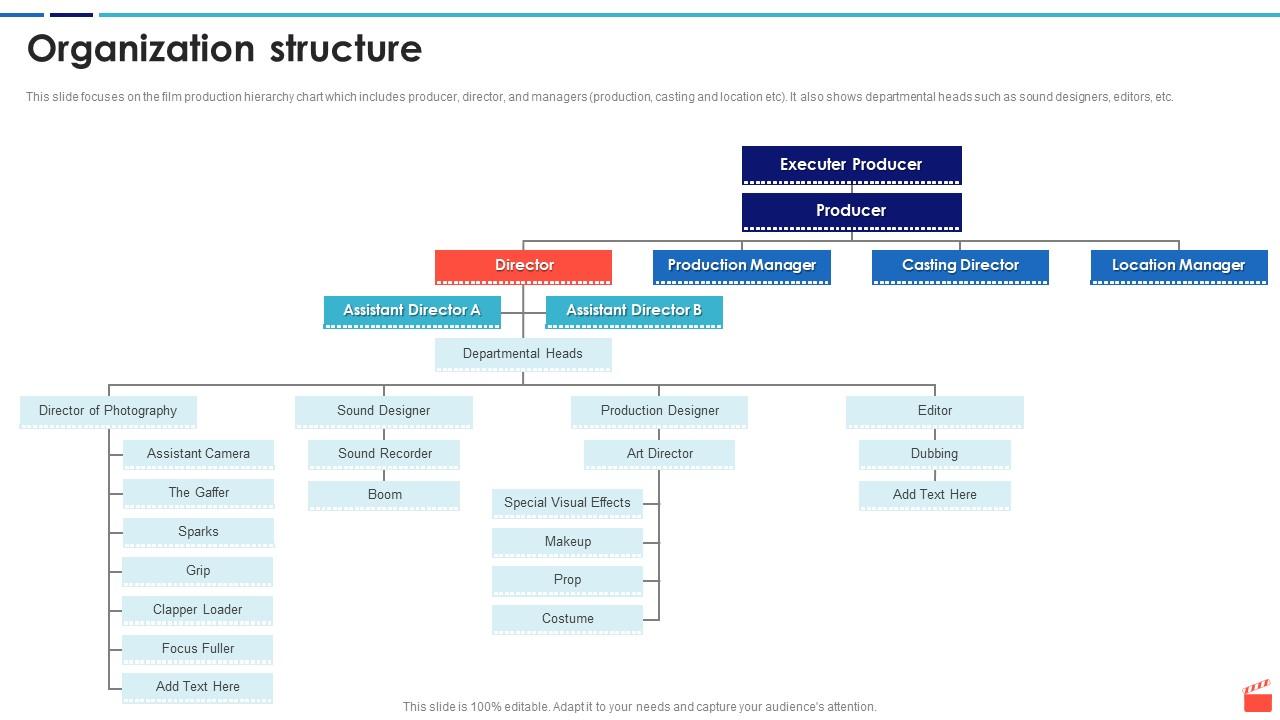The Race To Fix Air Traffic Control: Addressing The "I Don't Know Where You Are" Problem

Table of Contents
The Current State of Air Traffic Control: A System Under Strain
Our current air traffic control infrastructure largely relies on radar technology, a system showing its age in the face of modern demands. Radar systems, while effective, face significant limitations. Mountainous terrain, adverse weather conditions (such as heavy rain or snow), and areas with limited radar coverage create "radar holes," leading to gaps in aircraft tracking and potentially hazardous situations. The sheer increase in flight numbers exacerbates these existing problems, causing congestion in already busy airspace. This congestion translates directly into increased flight delays, safety risks due to inaccurate positional data, and inefficient use of valuable airspace. The cost of these inefficiencies – both financially and in terms of lost productivity and environmental impact – is substantial.
- Increased flight delays: Capacity constraints frequently lead to significant delays, costing airlines and passengers valuable time and resources.
- Safety concerns: Inaccurate or incomplete positional data compromises safety, increasing the risk of near-misses and accidents.
- Inefficient airspace utilization: The lack of real-time situational awareness leads to less optimized flight paths and increased fuel consumption.
- Rising operational costs: Maintaining and operating outdated ATC systems places a considerable burden on national budgets.
NextGen Air Traffic Control: Implementing Advanced Technologies
To address these shortcomings, many countries are embracing NextGen (in the US) and similar international initiatives. These programs aim to fundamentally transform air traffic management by transitioning to a data-driven, more efficient system. A key technology driving this change is Automatic Dependent Surveillance-Broadcast (ADS-B). Unlike radar, ADS-B uses GPS and satellite communication to transmit an aircraft's precise location, velocity, and other vital data directly to air traffic controllers. This provides continuous, accurate position updates, dramatically improving situational awareness. Further enhancing communication is Data Communications (Data Comm), which allows for text-based messaging between pilots and controllers, reducing reliance on voice communication and alleviating radio congestion.
- ADS-B: Provides enhanced situational awareness with continuous, precise position reporting, eliminating the “I don’t know where you are” problem in many scenarios.
- Data Comm: Streamlines pilot-controller communication, reducing voice congestion and improving efficiency.
- Improved trajectory-based operations: Allows for more efficient flight paths, reducing fuel consumption and travel times.
- Integration of weather data: Provides air traffic controllers with real-time weather information for improved decision-making and safety.
Challenges and Hurdles in Modernizing Air Traffic Control
Despite the clear benefits, modernizing air traffic control faces significant obstacles. Technological challenges include ensuring seamless interoperability between different systems and integrating vast amounts of data from diverse sources. Economically, the initial investment in upgrading infrastructure and training personnel is substantial. Regulatory hurdles also exist, requiring the establishment of new standards and protocols. International collaboration is crucial for ensuring seamless global air traffic management, as differing regulations and technological standards can create significant friction.
- High initial investment costs: Upgrading infrastructure, including ground stations and aircraft equipment, is extremely expensive.
- Extensive training requirements: Pilots and air traffic controllers require extensive training on new systems and procedures.
- Cybersecurity concerns: The reliance on sophisticated digital systems necessitates robust cybersecurity measures.
- International standardization: Establishing common standards and protocols across borders is essential for global interoperability.
The Future of Air Traffic Control: Towards a More Autonomous System?
The ultimate goal of air traffic control modernization is a safer, more efficient, and ultimately, more autonomous system. The integration of artificial intelligence (AI) and automation offers the potential to revolutionize air traffic management. AI-powered predictive analytics can optimize traffic flow, reducing delays and improving safety. Automated conflict resolution systems can assist controllers in preventing potential collisions. Furthermore, the integration of unmanned aircraft systems (UAS) requires the development of robust UAS Traffic Management (UTM) systems, which are already being developed and tested. However, the increasing automation in air traffic management presents ethical and safety considerations that need careful consideration and robust testing.
- Automated conflict resolution: AI can assist in identifying and resolving potential conflicts between aircraft.
- AI-powered predictive analytics: Improved prediction of traffic flow can optimize routes and reduce delays.
- Integration of UTM systems: Safe and efficient integration of drones and other UAS into the airspace.
- Addressing safety and security concerns: Robust testing and safety protocols are needed to mitigate risks associated with automation.
Conclusion
Modernizing air traffic control is a complex undertaking, but the potential benefits—improved safety, increased efficiency, and reduced environmental impact—are enormous. Addressing the persistent "I don’t know where you are" problem is paramount. Technologies like ADS-B and Data Comm are instrumental in achieving this goal, paving the way for a more robust and efficient air traffic management system. However, substantial investment, technological advancements, and international cooperation are needed to overcome the challenges. We must continue to support and invest in air traffic control upgrades, NextGen ATC initiatives, and the modernization of air traffic management to ensure safer and more efficient skies for generations to come. Learn more about these crucial initiatives and help us build a safer future for air travel.

Featured Posts
-
 Onetu I Newsweek Podcast Analiza Wydarzen Dwa Razy W Tygodniu
May 07, 2025
Onetu I Newsweek Podcast Analiza Wydarzen Dwa Razy W Tygodniu
May 07, 2025 -
 Nhl Oficialne Potvrdzuje Navrat Svetoveho Pohara V Roku 2028
May 07, 2025
Nhl Oficialne Potvrdzuje Navrat Svetoveho Pohara V Roku 2028
May 07, 2025 -
 Nhl 25 Arcade Mode A Detailed Look At This Weeks Release
May 07, 2025
Nhl 25 Arcade Mode A Detailed Look At This Weeks Release
May 07, 2025 -
 Analyse Du Jeu De Lane Hutson A T Il Le Potentiel D Etre Un Defenseur Numero 1
May 07, 2025
Analyse Du Jeu De Lane Hutson A T Il Le Potentiel D Etre Un Defenseur Numero 1
May 07, 2025 -
 The Promise And Peril Examining Trumps Legacy On Domestic Film Production
May 07, 2025
The Promise And Peril Examining Trumps Legacy On Domestic Film Production
May 07, 2025
Latest Posts
-
 76
May 08, 2025
76
May 08, 2025 -
 2 0 76
May 08, 2025
2 0 76
May 08, 2025 -
 76 2 0
May 08, 2025
76 2 0
May 08, 2025 -
 The Night Inter Milan Beat Barcelona To Reach The Champions League Final
May 08, 2025
The Night Inter Milan Beat Barcelona To Reach The Champions League Final
May 08, 2025 -
 Inters All Time Victory Reaching The Champions League Final By Defeating Barcelona
May 08, 2025
Inters All Time Victory Reaching The Champions League Final By Defeating Barcelona
May 08, 2025
